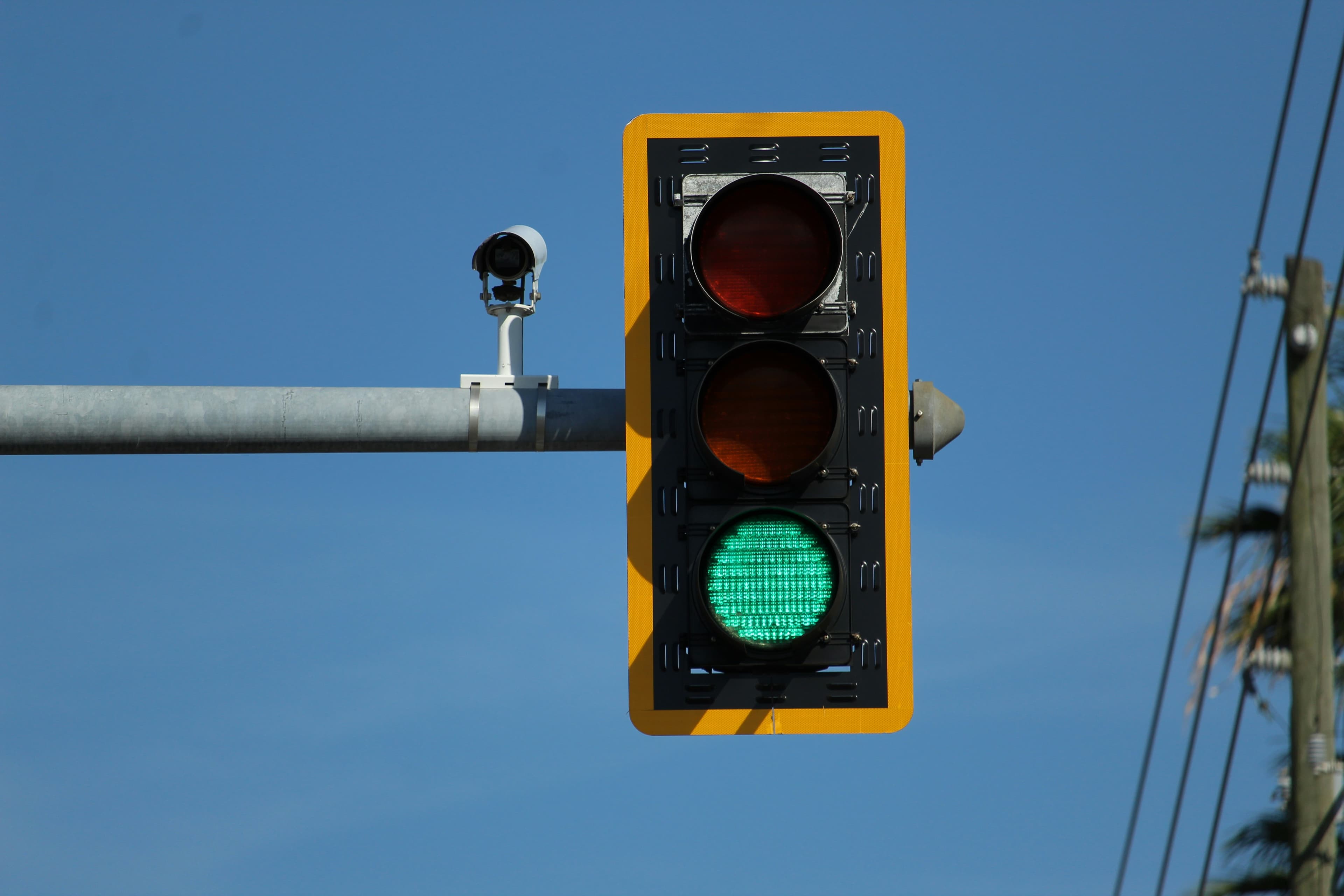Thirdfort Digital ID Standard Webinar: Key Takeaways
Published

Following Thirdfort’s Digital Event with HM Land Registry in which we discussed the Digital ID Standard (Safe Harbour), the official guidelines have now been released. Didn’t manage to catch the live session? Don’t worry, we’ve provided some of the key takeaways from the event below.
What is the Digital ID Standard?
Background
HM Land Registry were acknowledging the need to use digital ID verification across the sector before the pandemic hit. They recognised the inconvenience and inconsistency of manual ID checks and the need for a more secure, efficient and convenient way to verify the parties to a transaction, and so sought to set a 'Standard'. This Standard would help providers develop suitably secure ID products that are convenient and practical for use, as well as modestly priced, while the introduction of a "Safe Harbour' aimed to incentivise the adoption of digital ID solutions across the industry.
The Cabinet Office and Digital Services published guidance called the Good Practice Guide 45 that outlines all the various levels of assurance you might want to achieve from identity verification, and how you can go about meeting this. HM Land Registry’s Digital ID Standards are based on the GPG45, as this is already familiar to ID providers.
The Standard
The four requirements are segmented into two pieces. One is about evidence and linking the individual to that evidence, and the second is about ownership.
Requirement 1 – Obtain evidence
This evidence should be a document that contains a microchip, such as a UK passport or certain forms of European National Identity Card.
Requirement 2 – Check the evidence
This is done using an ID provider. An individual will download an app onto their smartphone and hold their phone next to the passport. The phone will use the same technology as in Chip and PIN to read the chip within the passport. The ID provider will then use Digital Signature reading to make sure the chip is one that has been issued by the Government, and extract information from the chip (including the photo that was used to create the document).
Requirement 3 – Match the evidence to the identity
This information can then be compared to the individual. The application will then ask a user to do what’s called a ‘liveness check’. This will make sure that a person is a real person, the right person and taking a check in real time. The technology can then use biometric technology (such as the distance between eyes and other facial features) to match the photo extracted from the passport chip to the face in the liveness test.
Requirement 4 – Obtain evidence to ensure the transferor, borrower or lessor is the same person as the owner
To meet this requirement, conveyancers must obtain some kind of evidential link between the person that’s presenting themselves as the owner of the property and make the connection between them and the registered proprietor listed in HM Land Registry’s records. This is one area that will develop over time, but currently HM Land Registry will provide a list of evidence that can be obtained to help prove this connection when they release the official requirements. HM Land Registry have also taken into account difficulties faced by non-residential landlords and have incorporated other forms of evidence in their list, such as buildings insurance documents and the tenancy deposit scheme.
Your Questions Answered
Can driving licences be used?
Driving licences don’t contain an NFC chip, so this can’t be read to make sure it meets the requirements. These standards will be monitored and updated as technology develops.
What about those who don’t have chipped passports?
This standard is not mandatory - there are a number of different ways that you can securely verify individuals, but these just won’t qualify for safe harbour. HM Land Registry understands that it’s appropriate in the transfer of land to have this high standard of verification, which is why the NFC reading is necessary to meet the Digital ID Standard.
How have HM Land Registry Sought to Address Inclusivity within the Digital ID Standard?
It’s important to note that the standards are not rules - they are optional. There are a number of different ways to meet AML/KYC requirements. The ‘safe harbour’ specifies a certain requirement that HM Land Registry believes is suitable for the market. This standard, of course, will be reviewed as technology changes.
What are the benefits?
Digital ID obviously comes with a number of benefits outside of the standards, namely remoteness, improved level of assurance (as opposed to human verification) and efficiency.
In terms of the Digital ID Standard, there’s one important benefit: where firms have carried out ID verification that met the Digital ID Standard, HM Land Registry would not seek recourse if fraud occurred. By ‘recourse’, the HM Land Registry are referring to circumstances where they have given effect to a fraudulent transaction on the register. This triggers their Statutory Indemnity Entitlement, which means that under the state guarantee of title HM Land Registry provides, HM Land Registry would then compensate for any losses sustained by any losing parties as a result of the registration of this transaction. HM Land Registry then has the right to recoup this compensation if necessary. By proving that the Digital ID Standard has been met in a transaction, however, firms have the assurance that this recourse won’t occur. This has been referred to as ‘safe harbour’.
How do lawyers demonstrate they’ve met the standard?
HM Land Registry aren’t looking for conveyancers to submit evidence that they’ve met the safe harbour when they submit an application to HM Land Registry. If fraud is identified in a transaction, conveyancers should have a record that they’ve met these requirements if they want to claim safe harbour.
Will this be available for corporate lawyers?
Having received a huge amount of feedback from corporate lawyers, HM Land Registry are currently working on drafting another version of the standard for this area of legal.
The Digital ID Standard and other Guidance
What about having some kind of accredited list of providers?
HM Land Registry are currently considering appropriate ways to achieve this. This could range between certification or, indeed, some kind of list. HM Land Registry encourages potential providers to make it easy to understand to clients how they meet the requirements. HM Land Registry also wants to make sure that they align with the Department for Digital, Culture, Media & Sport (DCMS) Trust Framework (that looks to provide a list of trusted ID providers).
Did HM Land Registry engage with lenders and insurers when drafting the Digital ID Standards?
HM Land Registry sought feedback from lenders, as well as circulating the standard within an industry forum that includes regulators, conveyancers and other industry professionals, such as corporate lawyers. HM Land Registry have also openly asked for feedback from ID providers.
How do Digital ID and e-Signing align?
Qualified Electronic Signatures can only be issued by certain providers called Qualified Trust Service Providers. They must carry out a Digital ID check of a certain standard to verify the signer of the document before they can issue the certificate to authenticate the Qualified Electronic Signature.
What’s the relationship between the Digital ID Standard and the Government ID Trust Framework?
Both frameworks are aligned with GPG45, and both are intended to encourage the uptake of digital ID in the conveyancing sphere and provide consistency of approach within ID verification. HM Land Registry will continue to work alongside DCMS to make sure the guidelines continue to align.
What are future plans for Digital at HM Land Registry?
HM Land Registry are working on a New Practice for the use of Electronic Signatures, and are still working on Qualified e-Signatures. They are collaborating with other Government bodies on themes like digital deeds and how this could transform conveyancing, while also looking at Digital Registration Service and Business Gateway, HM Land Registry’s Digital API service.
Watch the full live session with HM Land Registry here. To find out how Thirdfort is meeting the Digital ID Standard, talk to us at [email protected].
Subscribe to our newsletter
Subscribe to our monthly newsletter for recaps and recordings of our webinars, invitations for upcoming events and curated industry news. We’ll also send our guide to Digital ID Verification as a welcome gift.
Our Privacy Policy sets out how the personal data collected from you will be processed by us.


